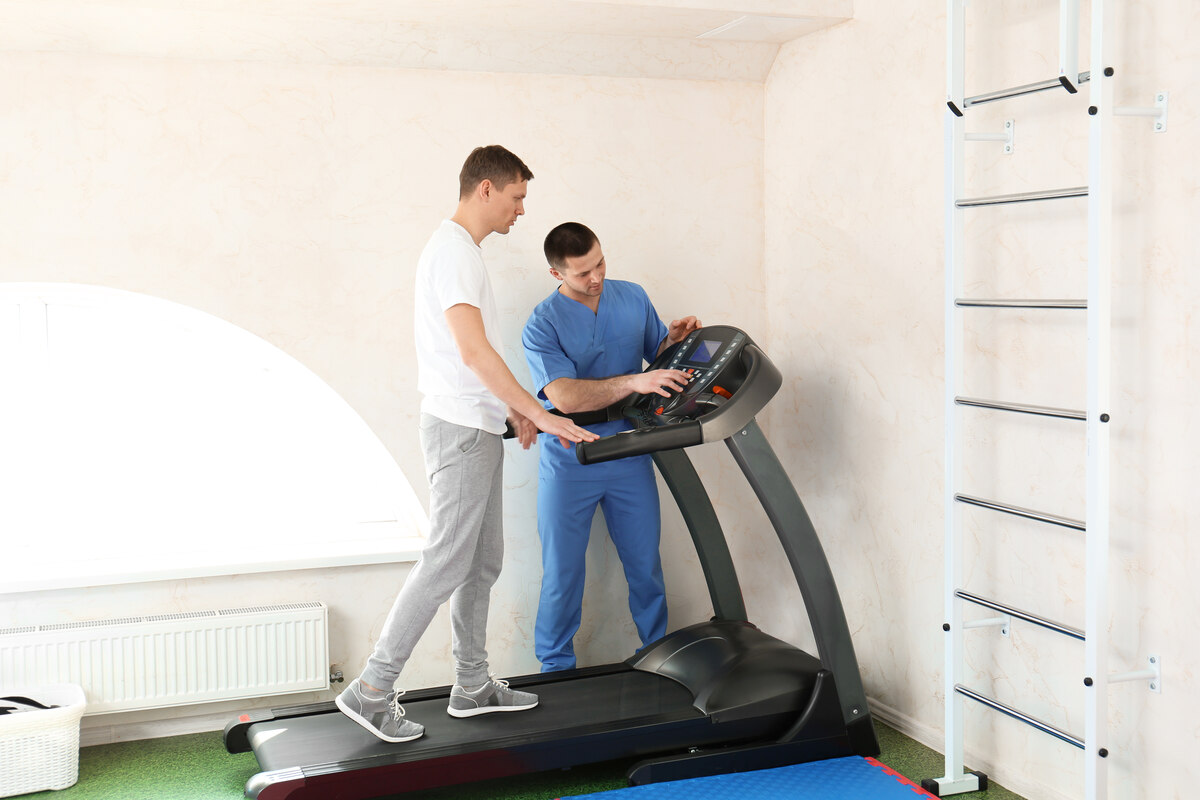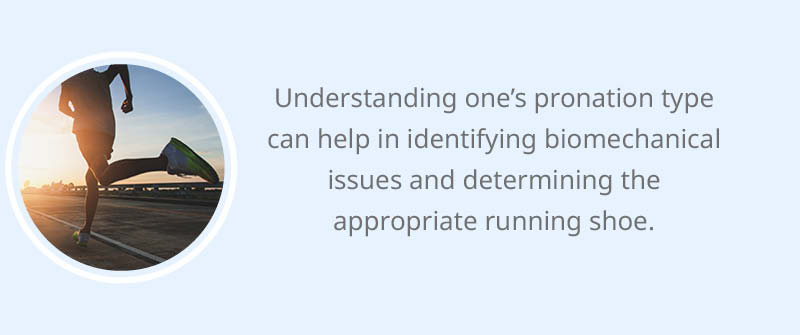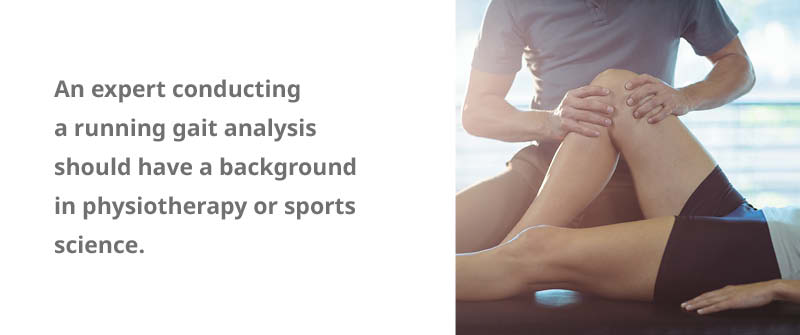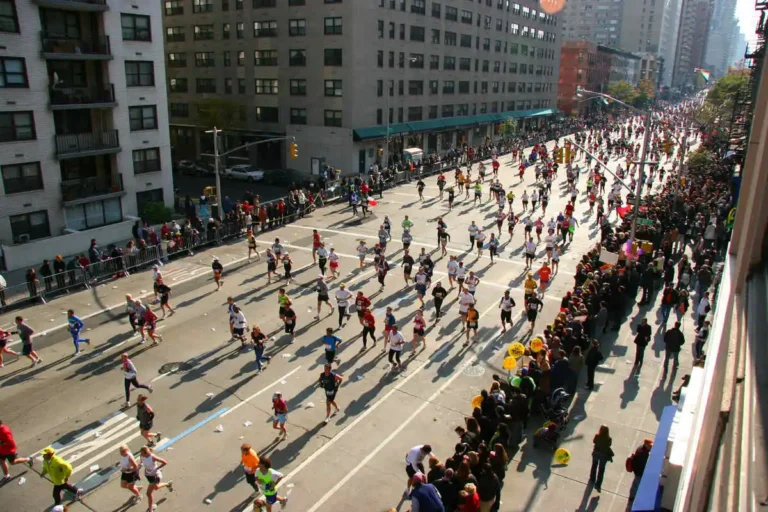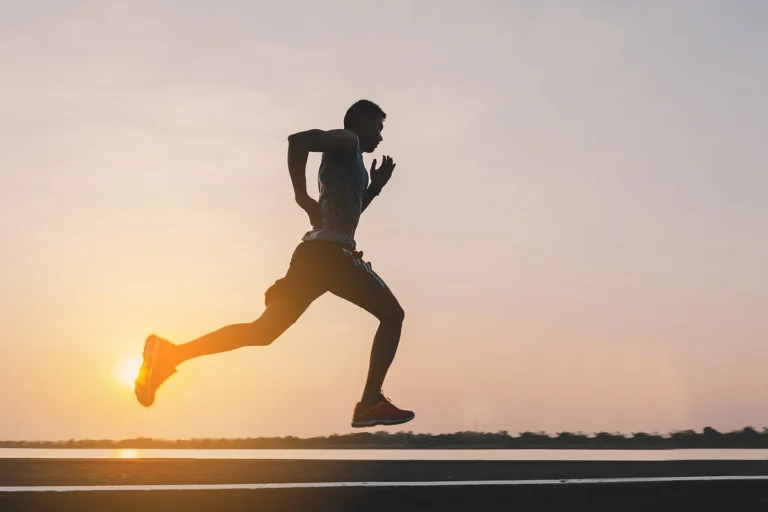What Does A Running Assessment Do?
A running assessment provides a comprehensive evaluation of your running technique to identify areas that may need improvement or could lead to potential injuries. By focusing on your gait analysis, such an assessment evaluates your biomechanics, uncovers inefficiencies and misalignments, and offers tailored strategies to enhance your running form.
Schedule your appointment today at Bull City PT’s Charlotte, Durham or Brier Creek office to schedule your running analysis!
What Happens in a Running Assessment: Evaluation of Running Technique
During a running assessment, a physical therapist or trained professional will observe how your body moves during running, noting elements such as posture, stride length, and foot strike pattern. They will also assess the ankle, focusing on metrics like ankle stiffness during calf raises and the role of the ankle in overall running mechanics. This detailed scrutiny allows for a deeper understanding of your natural tendencies and helps pinpoint deviations or unusual movements that could be contributing to discomfort or inefficiency.
Identification Of Biomechanical Issues
Identifying biomechanical issues is a critical aspect of the running analysis, aiming to uncover problems like overpronation, under-pronation, or asymmetries in leg movement. Understanding one’s pronation type can help in identifying biomechanical issues and determining the appropriate running shoe. Additionally, considering previous injuries during the assessment is crucial as they can impact a person’s running style and biomechanics. These issues, if left unchecked, can result in chronic injuries like shin splints or knee pain, affecting your overall running experience and performance.
Tailoring Exercises For Improvement
Once any issues are identified, tailored exercises and interventions are designed to address these specific areas, focusing on improving muscle strength. Individuals may be asked to perform specific exercises during the assessment to evaluate their muscle strength and flexibility. These exercises focus on strengthening core and leg muscles, improving flexibility, and enhancing coordination, helping runners achieve a more balanced and efficient running style.
Recommendations For Suitable Footwear
Footwear plays a crucial role in maintaining a healthy running form. Understanding your arch type is crucial for selecting suitable footwear. Using a neutral shoe during the assessment is important to accurately analyze your natural gait. Based on the assessment’s findings, you may receive personalized advice on suitable shoes that complement your biomechanics, providing the necessary support and cushioning to prevent injuries and enhance performance. Cushioned shoes can be recommended for daily runs on hard surfaces, offering additional support and comfort for runners aiming to achieve their running goals.
Is A Running Assessment Worth It?
Absolutely, running assessments can be a significant asset to both novice and seasoned runners. A full assessment provides detailed insights into your body’s biomechanics, helping prevent future injuries and enhancing your running performance. By combining all this information from various tests, such as musculoskeletal screenings and treadmill analyses, informed decisions can be made for optimizing training and preventing injuries. By pinpointing inefficiencies and risk factors, these assessments guide effective strategies to make running more enjoyable and sustainable.
Prevention Of Injuries
One of the primary benefits of undergoing a running assessment is injury prevention. Many overuse injuries that runners face, such as shin splints or knee pain, are often due to improper technique or biomechanical imbalances. A running assessment can identify these issues early on, guiding you with corrective exercises that help mitigate the risk of injury. Additionally, a gait assessment can help identify the causes of persistent pain, such as chronic pain in the feet, knees, hips, or back. This proactive approach can save you from potential downtime and lost training weeks, keeping you on track with your fitness goals. A thorough gait assessment examines various aspects of movement, including muscle strength, posture, and running mechanics, to optimize performance and prevent injuries.
Improvement In Performance
Aside from preventing injuries, running assessments can also significantly boost performance. By analyzing various aspects of your running form, such as stride length, foot strike pattern, body alignment, and running patterns, these assessments unravel inefficiencies. Once these inefficiencies are addressed, you can experience improvements in speed and endurance. Tailored recommendations may include specific strength training, flexibility exercises, or modifications in your running technique.
Insight Into Foot Dynamics
A critical part of the assessment is gaining insight into your foot dynamics. Understanding how your foot rolls upon impact can influence everything from shoe selection to prevent foot injuries from running. Stability elements in running shoes are crucial as they help control inward movement at the ankles, assisting runners in maintaining proper alignment and preventing injuries. By analyzing your gait, a physiotherapist can provide valuable feedback on whether you might benefit from supportive footwear or orthotics, ensuring that your runs are as comfortable and effective as possible.
Personalized Intervention And Plans
Finally, one of the most significant advantages is the personalized plan you receive. Unlike generic advice, these plans consider your unique physiology, goals, and current capabilities. This personalized approach ensures that the guidance you follow is the most effective for your specific needs, maximizing your potential and helping you achieve personal bests. Understanding your gait can lead to significant improvements by making necessary adjustments that enhance overall performance and prevent future health issues.
How Long Does A Running Gait Analysis Take?
Running gait analysis is an insightful process that typically spans around 30 to 60 minutes as part of a comprehensive gait analysis process. However, the exact duration can vary based on several factors, such as the thoroughness of the evaluation and the specific issues at hand. This individualized approach ensures that you receive a comprehensive understanding of your running mechanics, which is integral to enhancing your performance.
Typical Duration Of The Assessment
On average, a running gait analysis usually lasts between half an hour to an hour. This time frame allows specialists to conduct a detailed evaluation that includes video analysis, feedback, and personalized recommendations. Having your gait analysed during this period provides a fuller picture of your running biomechanics. Shorter sessions might be available, especially for follow-up consultations or when using gait analysis online platforms, but the detailed assessment gives a fuller picture.
Factors Affecting The Length Of Analysis
The length of the analysis can depend on the number of tests being performed, such as the Thomas Test or various leg balance tests, and the complexity of your particular gait issues. If there are multiple aspects of your running technique that need tweaking, or if you’re addressing a specific injury, additional time might be warranted to evaluate thoroughly and discuss findings.
Different Formats: Online Vs In-Person
While gait analysis at home or via online platforms is convenient, it might not offer the same depth as an in-person assessment. Clinic-based analyses generally provide access to advanced equipment like pressure sensors and motion capture technology, leading to potentially more accurate insights that can help in selecting the appropriate running shoe. An online gait analysis, however, can be quicker and is beneficial for those who prefer flexibility or have time constraints.
Equipment Used During Analysis
The equipment and technology play a crucial role in determining the complexity and duration of the gait analysis. Tools such as high-speed cameras, pressure pads, and treadmill video capture are commonly used to record and assess your running biomechanics in detail, including the angles and motions of the hips. Evaluating the knees during the analysis is also crucial to identify potential misalignments or issues that may contribute to discomfort or pain. The presence of such advanced tools often necessitates a more extended session to ensure precise data collection and interpretation.
What To Look For In Running Gait Analysis?
When considering a running gait analysis, it’s essential to identify key features that contribute to a comprehensive and insightful evaluation. A gait analysis should accurately assess the gait cycle, provide a detailed understanding of any potential issues, and offer solutions that align with your specific needs.
How Can Technology Enhance Gait Analysis?
Advanced technology plays a crucial role in enhancing the accuracy and depth of a gait analysis. With the inclusion of high-speed cameras, pressure sensors, and even wearable tech, today’s assessments can capture precise data on how your feet and ankles interact with the ground, your stride rhythm, and your body’s movements. This high-tech assistance ensures that the analysis goes beyond basic observation and provides an in-depth look at your biomechanics.
What Expertise Should A Professional Conducting A Gait Analysis Have?
An expert conducting a running gait analysis should have a background in physiotherapy or sports science. This specialized knowledge allows them to understand how individuals walk and run, interpret complex data, and tailor advice to improve your running style. Their expertise ensures that you receive personalized feedback and recommendations, making the analysis much more effective for injury prevention and performance enhancement.
In addition to technology and professional expertise, look for a comprehensive feedback system that includes detailed reporting. This should summarize the findings, highlight areas for improvement, and suggest specific interventions, such as exercises or footwear adjustments. The combination of accurate data, expert interpretation, and actionable recommendations makes a running gait analysis not only informative but also transformative for any runner.
At Bull City PT, we go beyond the basics with our personalized running gait assessments. Experience cutting-edge technology and expert guidance to perfect your running form and conquer new milestones. Let us help you stay injury-free and achieve your running goals. Explore our specialized services today and make every step count. Get started today!



